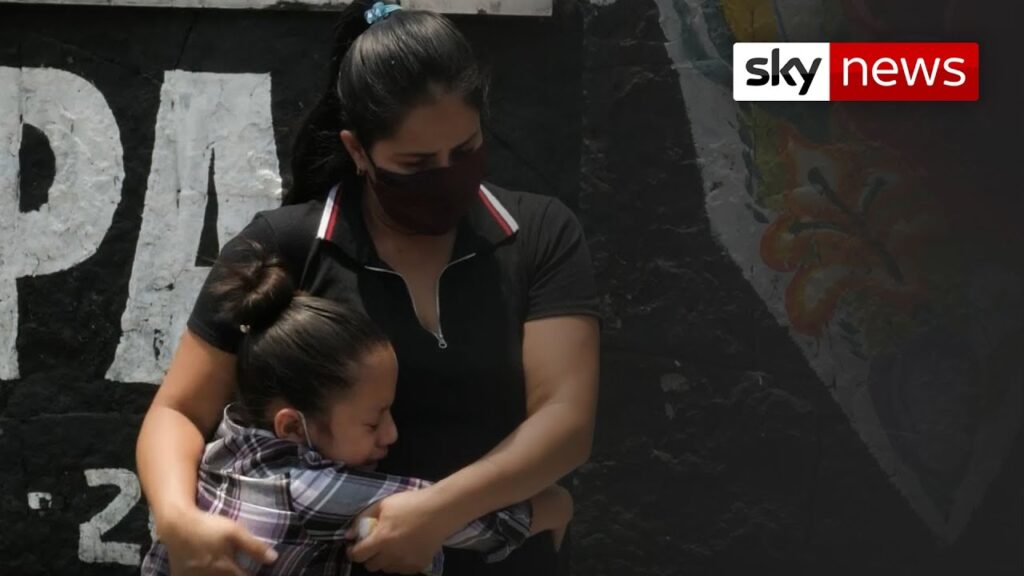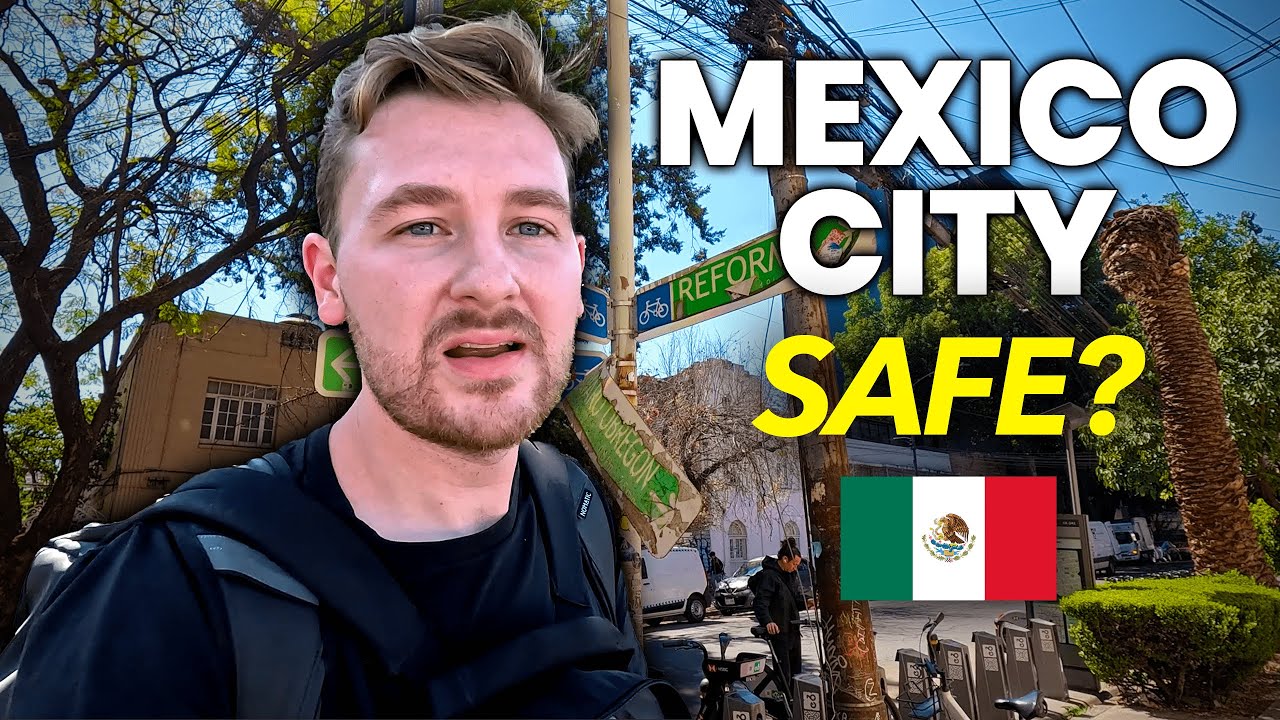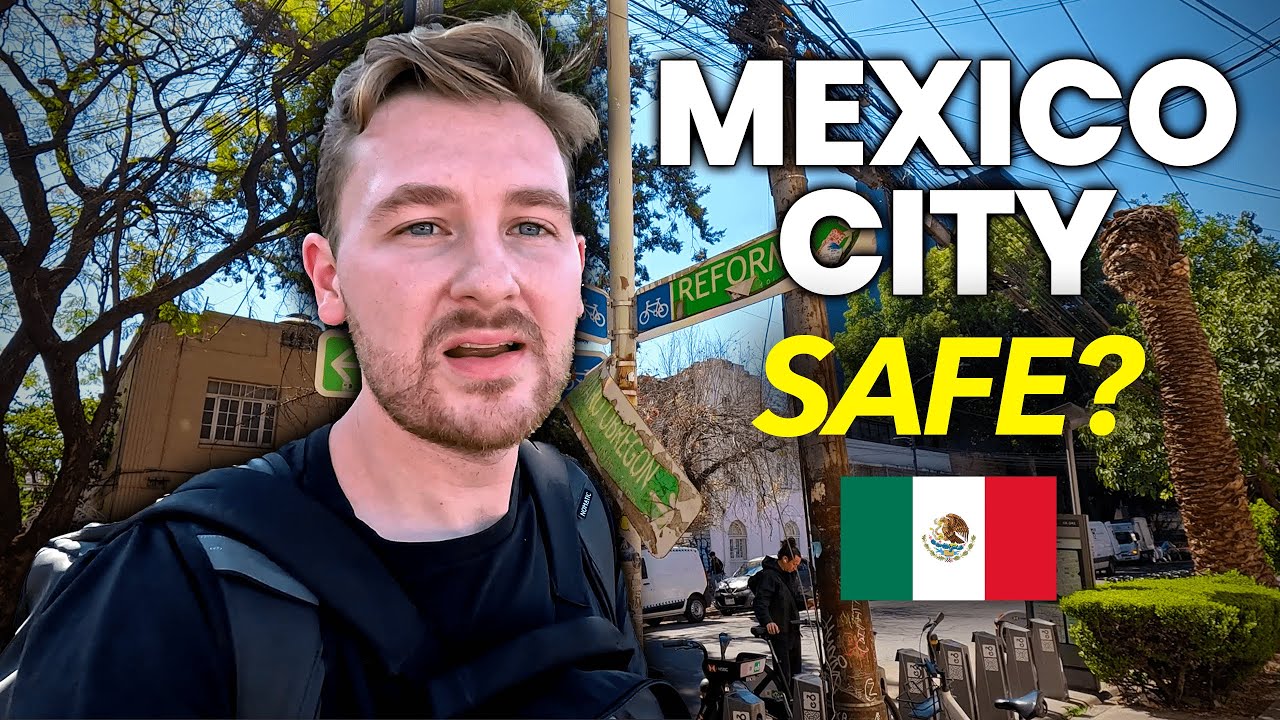Understanding Coronavirus Presence in Mexico City
Mexico City, as one of the largest urban areas in the world, faced its unique challenges during the coronavirus pandemic. With a population exceeding 20 million, the city’s dense living conditions, bustling markets, and reliance on public transportation posed potential risks for the spread of the virus. Understanding the dynamic of coronavirus presence in Mexico City involves dissecting the timeline of infections, governmental responses, and the current situation.
In the initial stages of the pandemic, Mexico City saw a swift response with the introduction of sanitary measures and public health policies aimed at curbing the spread. Measures such as social distancing, mandatory use of masks in public spaces, and a temporary shutdown of non-essential activities were implemented. Despite these efforts, the city experienced peaks in COVID-19 cases, highlighting the challenges of managing such a crisis in a densely populated area.
As time progressed, the focus shifted towards increasing testing capacities and vaccination campaigns. Mexico City became a central point for COVID-19 testing, with numerous centers established for free testing. Vaccination efforts were significant, with millions of residents receiving vaccines through well-organized campaigns. These efforts were instrumental in reducing the number of new infections and controlling the spread within the city’s limits.
Currently, Mexico City remains vigilant, with ongoing measures to mitigate the impact of COVID-19. The presence of the virus has led to a new normal, adapting lifestyles, travel, and daily activities to ensure safety and health. For travelers and adventure seekers interested in exploring Mexico City, it’s essential to stay informed about the latest health protocols and guidelines to enjoy the vast culture and beauty the city offers safely.
Health and Safety Measures for Travelers in Mexico City
Traveling to Mexico City offers an incredible blend of cultural heritage, gastronomy, and vibrant city life. However, ensuring a safe and healthy trip requires travelers to be mindful of certain health and safety measures. With the right precautions, you can explore this bustling metropolis without undue concern for your well-being.
One of the primary considerations for any traveler is to stay updated on vaccinations and health advisories. Mexico City’s public health officials recommend vaccinations against Hepatitis A and B, Typhoid, and, depending on the season, Influenza. Additionally, while tap water in Mexico City has improved significantly, it’s advisable to stick to bottled or purified water to avoid any stomach complaints. Practicing good hand hygiene and being cautious about eating street food from reputable vendors further minimizes health risks.
Regarding safety, understanding the local context is key. Mexico City is vast, and like any major global city, it experiences varying levels of crime in different areas. Travelers should remain vigilant, especially in less populous or touristy areas. Avoid displaying valuable items and carry only the cash or cards you need. Using registered taxis or ride-sharing apps instead of hailing cabs on the street can significantly enhance your safety, especially at night. Furthermore, staying informed about the city’s current events and areas to avoid through your embassy or local news outlets can help in planning safer routes and timings for your adventures.
COVID-19 Impact on Mexico City’s Tourist Attractions
The global pandemic brought unprecedented challenges to the tourism industry worldwide, and Mexico City, one of the most vibrant and culturally rich capitals in the world, was not spared. The city, known for its bustling streets, historical sites, and colorful markets, saw a significant decrease in international visitors due to travel restrictions and health concerns related to COVID-19. Many of the city’s beloved tourist attractions faced closures or significant limitations in an effort to curb the spread of the virus.
During the height of the pandemic, Mexico City’s government implemented strict measures, including the temporary closure of museums, archaeological sites, and public spaces, which are often the lifeblood of tourism in the area. Iconic destinations such as the Frida Kahlo Museum, the National Museum of Anthropology, and the Templo Mayor, which typically attract millions of visitors annually, were closed to the public. This not only impacted the tourism sector’s revenue but also affected the local economy that heavily relies on tourism.
As restrictions began to lift, tourist attractions in Mexico City faced the challenge of adapting to the new normal. Health and safety protocols, such as mandatory mask-wearing, social distancing, and limited visitor capacity, were implemented. This meant that even as places began to reopen, the experience for visitors was significantly altered. The need to pre-book tickets, often with no opportunity for walk-in visits, became the norm for most attractions, changing the spontaneity that often characterizes travel.
The impact of COVID-19 on tourism also accelerated the digital transformation of Mexico City’s attractions. Virtual tours, online exhibitions, and digital guides became increasingly popular, offering a glimpse into the city’s rich culture and history from the safety of one’s home. While this innovation provided an alternative means to explore, it also highlighted the palpable absence of the physical experience of travel and exploration that many yearn for.
The road to recovery for Mexico City’s tourist attractions is ongoing, with efforts focusing on ensuring the health and safety of visitors while gradually increasing capacity. The pandemic has undoubtedly left its mark, but the resilience of the city’s tourism sector is evident. New strategies and initiatives are being explored to revive interest and confidence in travel to Mexico City, emphasizing sustainable and responsible tourism practices in a post-pandemic world.
Travel Tips During the Pandemic for Visitors to Mexico City
As the world continues to navigate the ups and downs of the pandemic, traveling to places like Mexico City requires a bit more preparation and awareness than in the past. Mexico City, a vibrant and bustling metropolis known for its rich culture, historic landmarks, and delicious cuisine, has remained a popular destination despite the global health challenges. Here are essential travel tips for visitors planning a journey to Mexico City during the pandemic.
First and foremost, staying informed about the latest travel advisories and entry requirements is crucial. The Mexican government has implemented various measures to control the spread of COVID-19, and these policies can change rapidly. Travelers should regularly check official sources like the Mexican Ministry of Health’s website or the embassy’s travel pages for the most current information. This includes understanding requirements for negative tests, vaccination documentation, and any quarantine mandates upon arrival.
Health and Safety Protocols are paramount while exploring Mexico City. Public spaces, including museums, restaurants, and other attractions, have adopted enhanced cleaning procedures and social distancing guidelines. As a visitor, always wear a mask in shared indoor spaces and crowded outdoor areas. Carrying hand sanitizer and using it frequently during your day can also reduce your risk of exposure.
Public transportation in Mexico City can be crowded. To minimize risks, consider alternatives such as rental bikes, scooters, or even walking for shorter distances. If you must use public transit, choose less crowded times of the day and always wear your mask. For longer distances, ride-sharing services or taxis with partition screens and a commitment to hygiene standards are advisable options.
Finally, embracing outdoor attractions can significantly enhance your safety while allowing you to enjoy the beauty and culture of Mexico City. The city offers numerous parks, open-air markets, and outdoor historical sites that can be enjoyed safely with social distancing. Exploring these areas not only minimizes your indoor exposure but also supports local businesses and communities affected by the pandemic.
In conclusion, traveling to Mexico City during the pandemic is possible with careful planning and adherence to safety guidelines. By staying informed, prioritizing health and safety protocols, and choosing safer transportation and entertainment options, visitors can experience the best of Mexico City while keeping themselves and others protected. Enjoy your visit to this magnificent city with patience, respect, and care, embracing the new norms of travel during these unprecedented times.
Navigating Mexico City: Updates for Adventurous Travelers
Mexico City, a sprawling metropolis that pulses with culture, history, and adventure, offers an ever-evolving landscape for the adventurous traveler. Recent updates have made navigating this vibrant city more accessible and enriching than ever before. From revamped public transportation systems to the introduction of new and immersive cultural experiences, Mexico City is ripe for exploration.
Public transportation in Mexico City has seen significant improvements, making it easier for visitors to traverse the city’s vast expanse. The Metro now boasts clearer route maps and more frequent service, including into the late-night hours, accommodating those nocturnal adventurers keen to experience the city’s famed nightlife. Additionally, the introduction of EcoBici, Mexico City’s public bike-sharing program, has expanded, offering an environmentally friendly and health-conscious option for navigating the city. Stations are conveniently located near major attractions and neighborhoods, making it simple to hop on and off as you explore.
As for cultural experiences, Mexico City has never been lacking, but recent years have seen a surge in innovative museums, gallery spaces, and interactive installations that delve deep into Mexico’s rich heritage. Not to be missed is the newly opened Museum of Mexican Gastronomy, located in the historic downtown area. This immersive space not only showcases the diversity of Mexican cuisine through interactive exhibits but also offers cooking classes and tastings led by renowned chefs. These updates to Mexico City’s offerings ensure that adventurous travelers will find endless opportunities to engage with the city’s vibrant culture and history in new and exciting ways.


